Starting a trade or service business can feel daunting, but the truth is that many successful ventures begin with nothing more than a reliable set of tools, practical know-how, and determination. Whether you are a carpenter, plumber, electrician, or handyman, you do not need a giant warehouse or a fleet of vans to start earning. With the right approach, you can use the resources already at your disposal to launch a business that grows steadily over time.
In this guide, we will look at how tradies can turn their skills and basic equipment into a working business. We will explore smart setups, the role of technology, and practical strategies for keeping costs manageable while building a reputation. For more practical lifestyle and trade insights, you can check out Man Manual and for business tips and structures, Small But Mighty.
Taking Stock: What Do You Already Have?
Before spending money on new gear or signing up for loans, it makes sense to take stock of what you already own. Many tradespeople overlook how much they already have, both in physical tools and in other resources that can make running a business easier. A thorough inventory is a strong first step because it shows you exactly where you stand, helps you plan what you genuinely need, and stops you from wasting money in the early stages.
Start with the basics: your toolkit. Lay out everything you have, from the everyday essentials like hammers, drills and saws to the less glamorous but still vital items such as tape measures, clamps, extension cords and safety goggles. Include consumables like screws, nails, adhesives and sandpaper. While small, these items can add up quickly if you are constantly buying them on the run. If you work in a specialised trade such as plumbing or electrical, write down spanners, gauges, testers and other trade-specific tools. The aim is to see the full picture of what you can already use to take on jobs tomorrow.
Once you have your list of tools, look at larger equipment. Do you have ladders, scaffolding or power saws? These bigger items are often overlooked because they sit in the shed or garage, but they can be the difference between being able to accept certain jobs or having to turn them down. If you lack a key piece of equipment, ask yourself how often you are likely to need it. In many cases, hiring or borrowing a specialist tool is more cost-effective than buying it outright in the early stages.
Your vehicle is another major asset. A reliable ute, van or even a well-maintained car can serve as a mobile office and storage solution. It does not have to be the newest model on the road. Clients rarely care what you arrive in, as long as you show up on time and complete the work to standard. Keep the vehicle tidy, organised and stocked with essentials so it presents a professional image.
Do not overlook your workspace. A shed, garage or spare room can be transformed into a simple base of operations. Even if space is limited, investing time in organisation such as adding shelves, hooks and labelled containers can make your work far more efficient. A clutter-free workspace saves time and prevents the frustration of searching for misplaced gear.
Finally, think about your digital resources. A smartphone is one of the most powerful tools a modern tradie owns. It allows you to quote jobs, photograph work, communicate with clients and manage bookings. Pair it with free or low-cost apps to turn it into an all-in-one office. A basic laptop or desktop computer can handle invoicing, marketing and record-keeping. These devices may not feel like “tools” in the traditional sense, but they are just as important for keeping your business running smoothly.
By creating a complete inventory of what you already have, you will likely realise you are in a stronger position than you thought. Most clients are not concerned about whether your drill is the latest model. They care more about whether you answer their calls, show up on time and deliver quality work. By focusing on reliability, communication and workmanship, you can start building a solid business without immediately sinking thousands into unnecessary upgrades.
Setting Up Shop From Home
A home-based setup keeps overheads low. Many sole traders begin by working from their garage, shed, or spare room. Keep the space organised with shelving, labelled storage bins, and racks for tools. Good organisation speeds up jobs and reduces the risk of losing tools on site.
If your trade produces noise or dust, make sure your workspace complies with local regulations and safety standards. Even small steps like using dust extraction, keeping fire extinguishers handy, and storing chemicals properly make your business safer and more professional.
Technology: Your Digital Toolkit
Starting a business is not only about hammers and spanners. Today, tech plays a vital role in helping tradies win work and manage time. You do not need expensive software packages to get started. Many free or low-cost apps offer invoicing, scheduling, and job tracking.
- Accounting software such as Xero or QuickBooks streamlines invoicing and tax preparation.
- Job management apps like Tradify or Fergus help track projects and hours worked.
- Communication tools including WhatsApp and email provide quick updates to clients.
- Cloud storage using Google Drive or Dropbox makes it simple to keep contracts and compliance documents safe and accessible.
Investing in digital tools reduces paperwork and allows you to look more professional when dealing with clients.
Building a Brand on a Budget
Branding matters, even for small operations. A clean logo, clear website, and professional-looking business cards go a long way in attracting trust. You do not have to hire a large agency at the start. Free tools like Canva help you design a simple logo, while website builders such as WordPress, Wix, or Squarespace let you set up an affordable site.
Focus on the basics:
- Who you are
- What services you provide
- How clients can contact you
- Customer reviews or testimonials
Once your business grows, you can upgrade branding with professional designers. Small But Mighty has plenty of resources on small business branding and setup that can help you refine your image.
Marketing With Limited Funds
When money is tight, word-of-mouth and community presence are your strongest assets. Satisfied clients are more effective than any billboard. Ask happy customers for referrals and online reviews. Platforms like Google Business Profile and local directories make your services easier to find.
Social media can also help. Post before-and-after photos of your work, short videos of projects, or tips for homeowners. Authentic posts show both skill and personality, which helps clients trust you.
Local networking is equally powerful. Get your name on community boards, join trade associations, or connect with local suppliers. The more people see your business in their everyday lives, the more likely they are to call.
Managing Cash Flow Early On
Financial management is one of the biggest hurdles for new tradies. Clients may pay late, and unexpected costs crop up. A few practical steps can help you manage your cash flow:
- Keep deposits for larger jobs.
- Invoice quickly and clearly, stating payment terms.
- Use accounting software to track expenses and income.
- Build a buffer fund for emergencies.
Stay on top of tax obligations from day one. Even if the jobs are small, registering correctly with the Australian Business Number (ABN) system and setting aside tax prevents stress later.
Pricing Your Services
One common mistake is undercharging to win work. While tempting, it can hurt your business long term. Calculate prices that reflect your skills, tools, travel, insurance, and materials. Research what other trades in your area charge and position yourself fairly. Clients usually respect transparent pricing and detailed quotes more than a rock-bottom offer.
Consider offering tiered pricing. For example, a basic service at a lower rate and a more comprehensive package at a higher one. This lets clients choose while still valuing your time.
Growing With What You’ve Got
As you build a steady flow of clients, reinvest earnings back into your business. Replace or upgrade worn-out tools. Buy additional gear only when you have the demand for it. Avoid debt early on unless it is for critical items like insurance or licenses.
Think carefully about when to scale up. Hiring staff, leasing a workshop, or buying more vehicles should align with steady demand, not just one-off busy periods. Keeping growth measured ensures sustainability.
Safety and Compliance
Operating as a professional means working within the law. Always hold the correct licences, insurance, and permits for your trade. Public liability insurance protects both you and your clients. Some jobs may require certification, such as electrical safety checks or plumbing approvals.
Maintaining high safety standards also builds trust. Wear proper personal protective equipment, keep first aid on site, and document safety procedures. These steps may not feel glamorous, but they show clients that you value professionalism.
Balancing Work and Life
Tradies often work long hours, but burnout can come quickly if you do not manage your time. Simple routines make a difference:
- Plan jobs carefully and allow for travel time.
- Keep weekends or evenings free where possible.
- Use scheduling tools to avoid overbooking.
- Prioritise health with regular exercise, good sleep, and downtime.
Man Manual covers practical lifestyle advice for men balancing work, health, and family, which can be useful for tradies starting out.
Building a Successful Small Business on a Solid Foundation
Starting a business with limited tools, tech, and resources is not only possible, but also often the most practical way to begin. By focusing on organisation, affordable technology, low-cost marketing, and steady reinvestment, tradies can turn what they already own into a profitable service.
If you want to dig deeper into lifestyle advice for men managing business and balance, Man Manual has plenty of helpful articles. For step-by-step small business strategies, Small But Mighty offers practical guides to setup, branding, and growth.
The message is clear: use what you have, plan carefully, and let your trade skills speak for themselves. A steady start lays the groundwork for a business that can grow strong for years to come.






